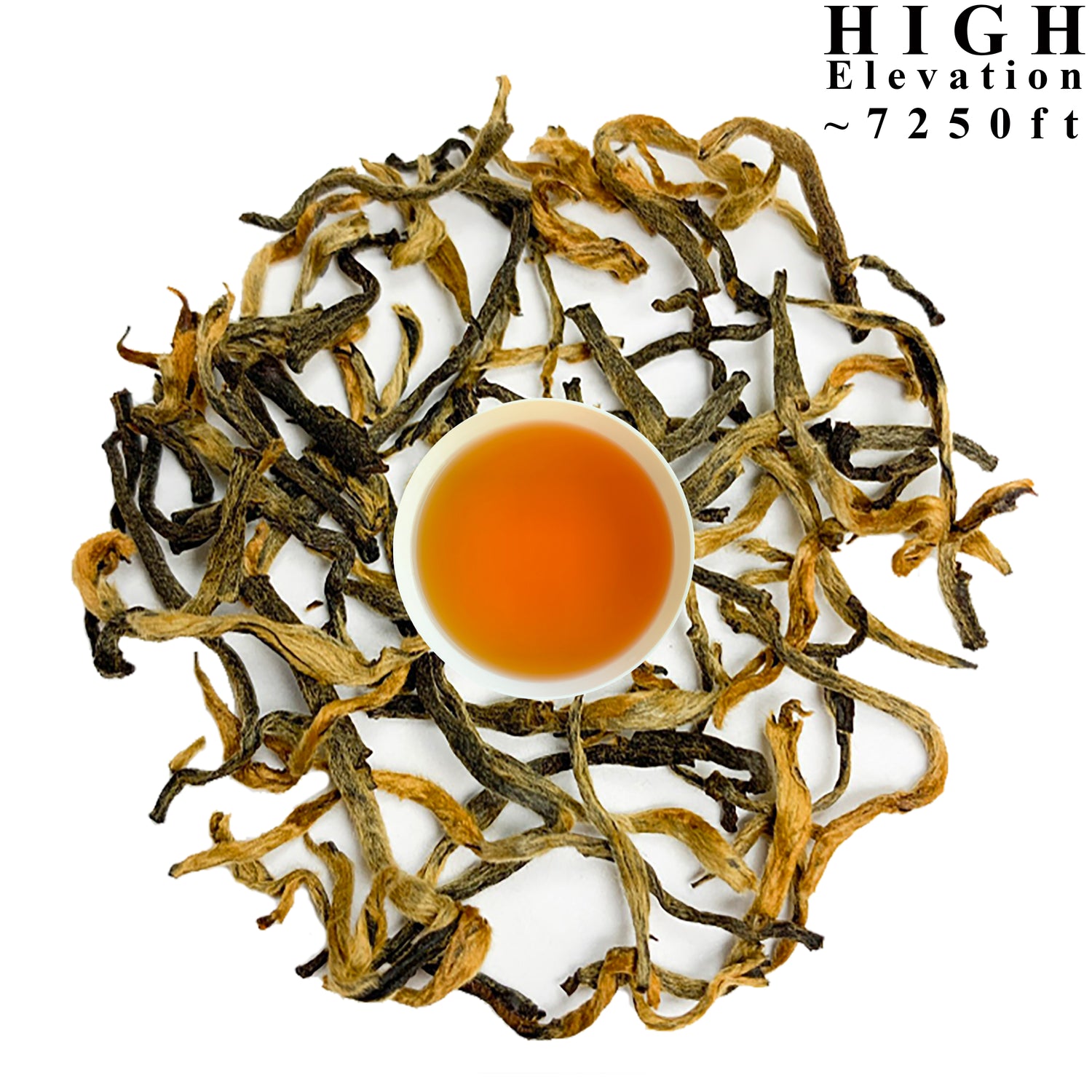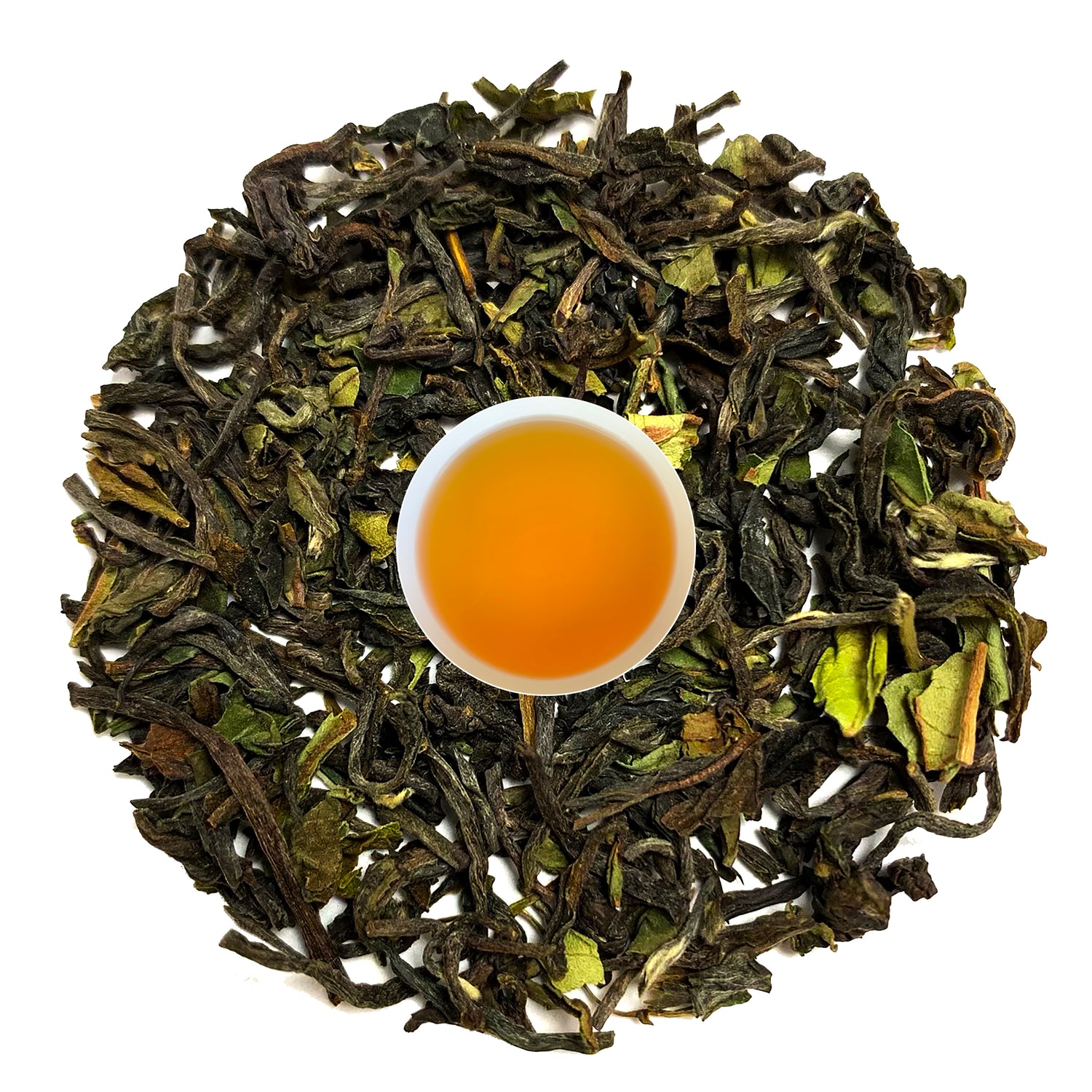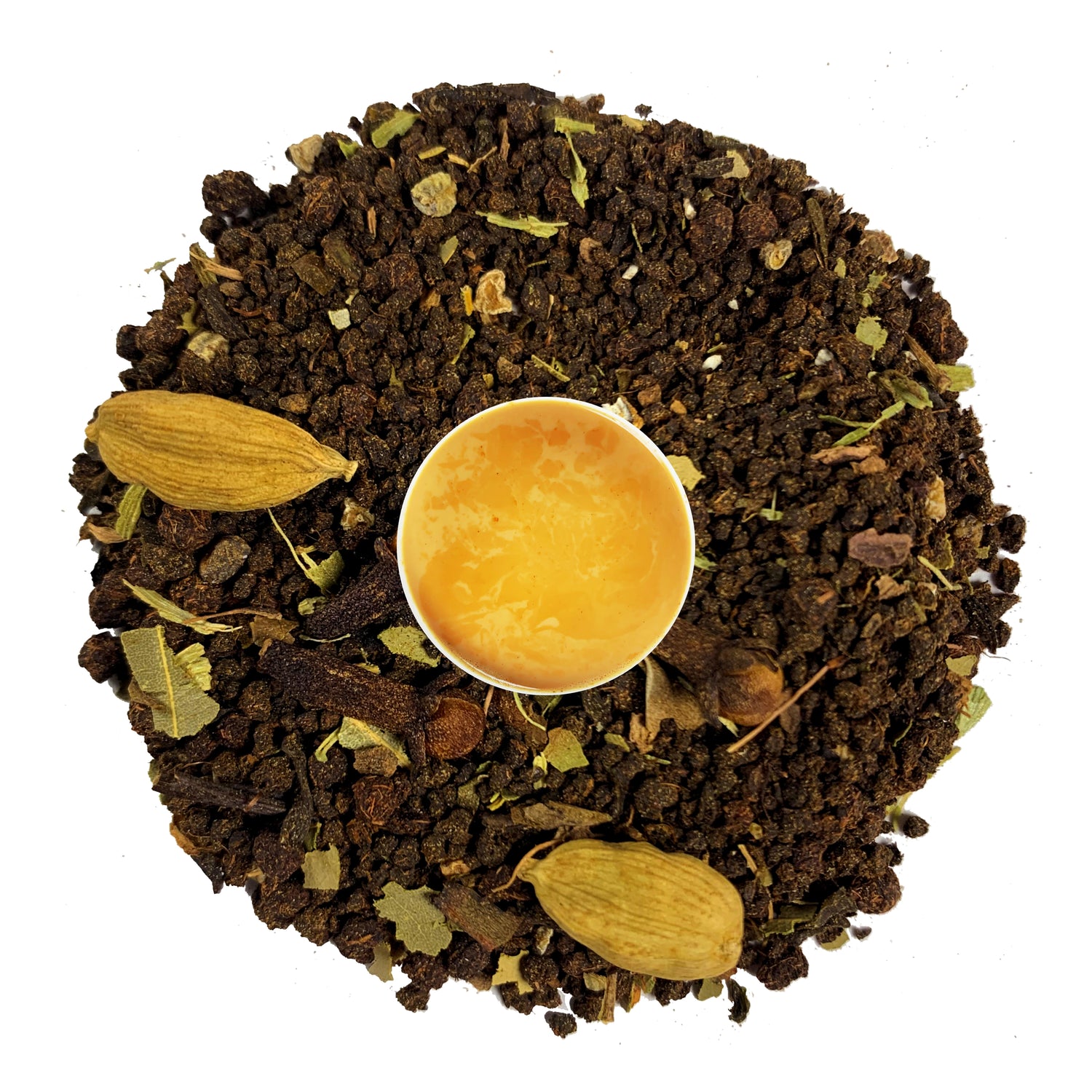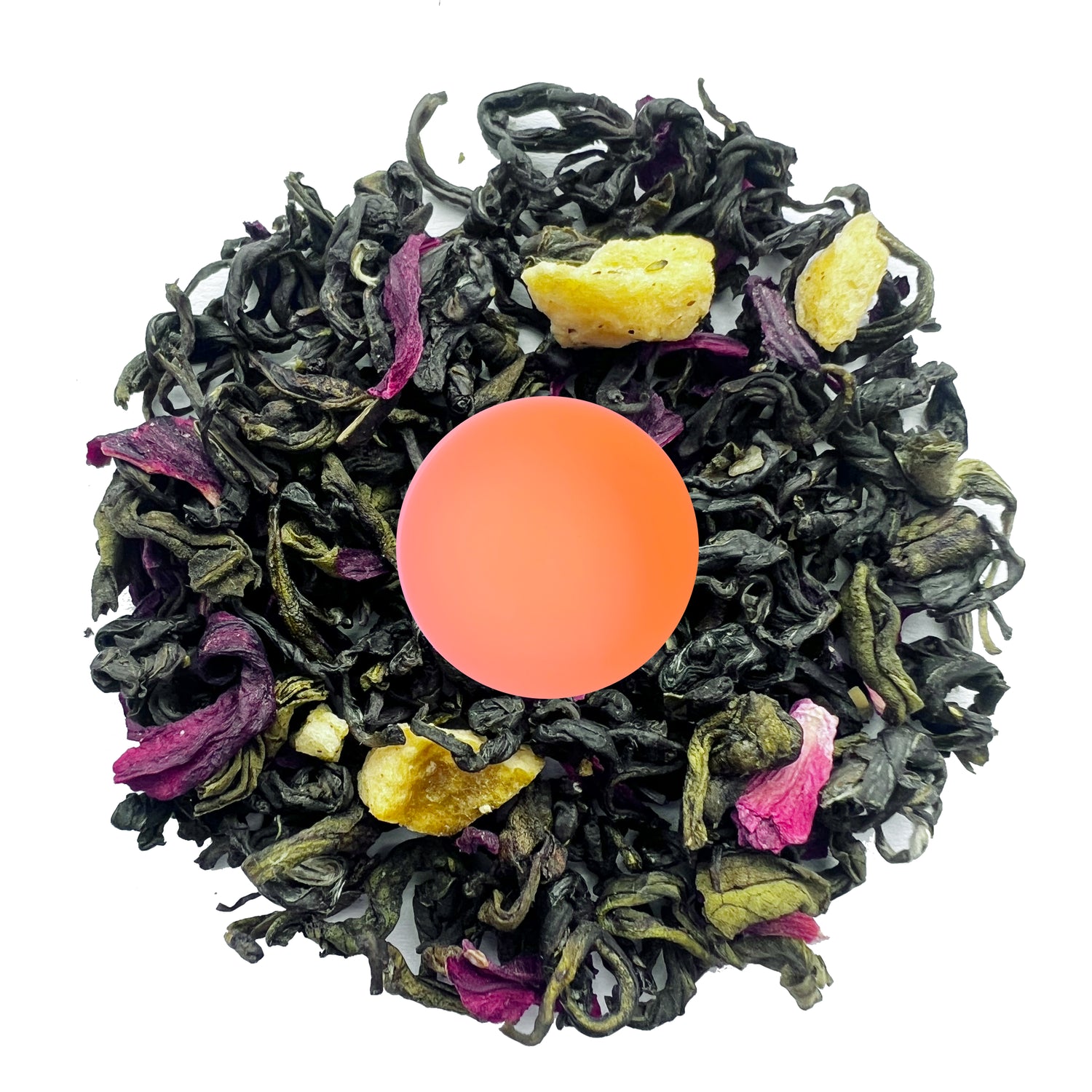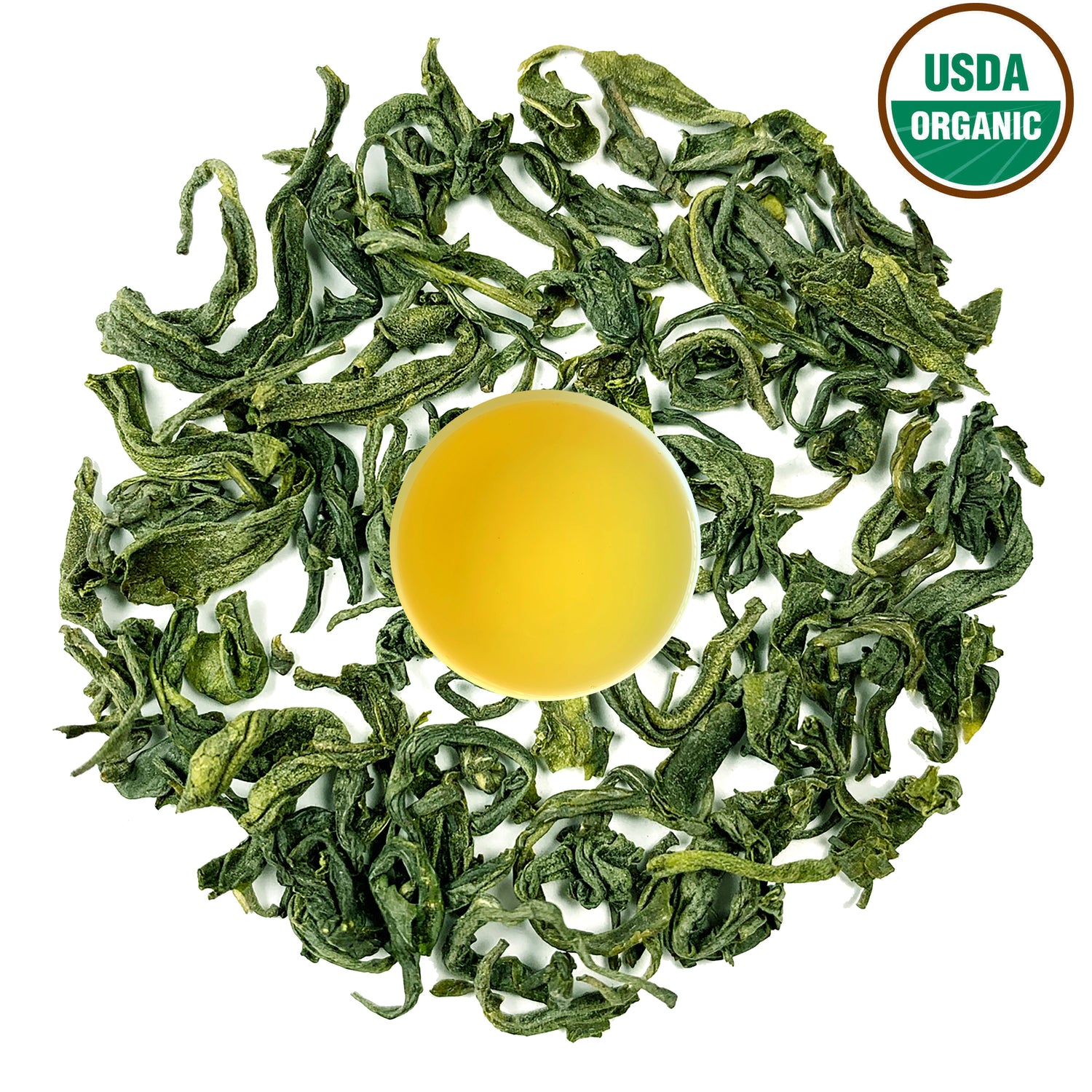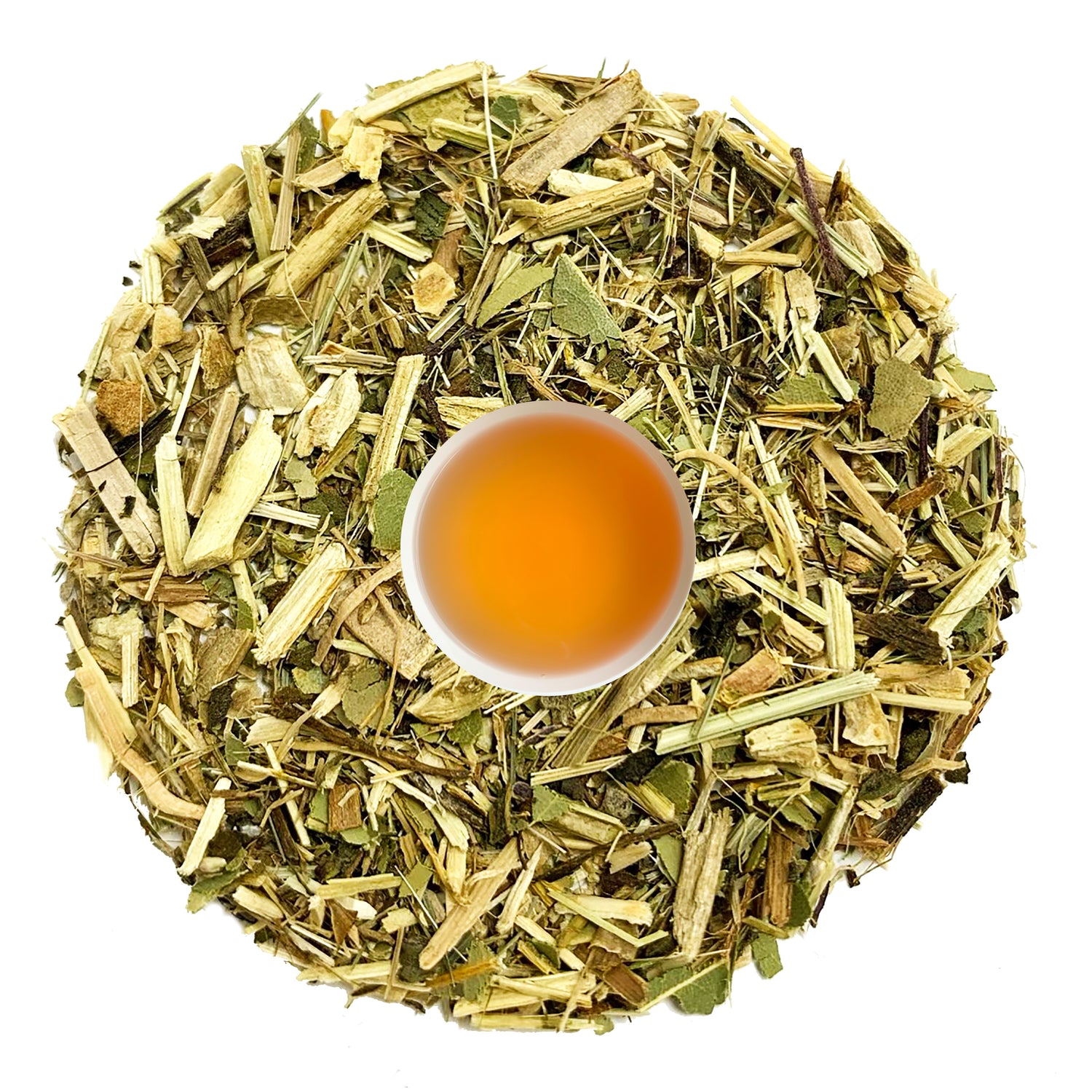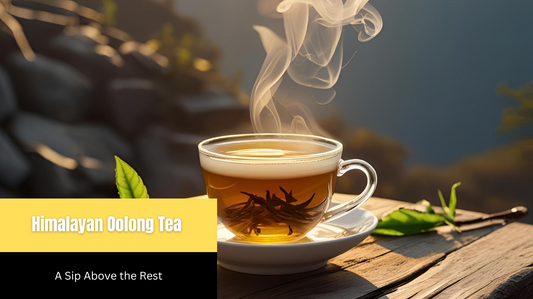
What Does Chamomile Tea Taste Like? Discover Its Ingredients, Benefits & How to Brew It
For centuries, herbal teas have been a staple in promoting relaxation and well-being. Among them, chamomile tea stands out for its soothing effects and distinct flavor profile. This gentle brew is made from the flowers of the chamomile plant, known for its calming properties.
As a popular tea benefit, chamomile tea is not only a calming drink but also a versatile one, offering various health advantages. Its unique taste is often described as floral and slightly sweet, making it a favorite among those seeking a soothing beverage.
Key Takeaways
- Chamomile tea is known for its calming effects and distinct flavor.
- It is made from the flowers of the chamomile plant.
- The tea offers various health benefits, including relaxation and well-being.
- Its unique taste is often described as floral and slightly sweet.
- Chamomile tea is a popular choice for those seeking a soothing beverage.
| Buy Danfe's 47° Tulsi Chamomile Tranquility Herbal Tea (Holy Basil Tea) |
The Essence of Chamomile Tea
The essence of chamomile tea lies in its centuries-old tradition and diverse botanical origins. This herbal tea has been a cornerstone of natural remedies for centuries, valued for its calming effects and soothing flavor.
Origins and History of Chamomile
Chamomile has a rich history that dates back to ancient Egypt, Rome, and Greece, where it was revered for its medicinal properties. The use of chamomile continued through the Middle Ages in Europe, where it was used to treat various ailments. Its historical significance is a testament to its enduring appeal and effectiveness as a herbal remedy.
Types of Chamomile Plants Used in Tea
There are primarily two types of chamomile used in tea: German Chamomile and Roman Chamomile.
German Chamomile (Matricaria recutita)
German Chamomile is known for its sweet, apple-like flavor and is widely cultivated for its essential oil, which is used in teas, cosmetics, and pharmaceuticals.
Roman Chamomile (Chamaemelum nobile)
Roman Chamomile, on the other hand, has a more bitter taste and is often used in teas and infusions for its calming effects.
Both types of chamomile have been used for centuries, and their unique characteristics contribute to the diverse world of herbal teas.
What Does Chamomile Tea Taste Like?
The taste of chamomile tea is a subtle blend of floral and herbal notes that create a calming brew.
The Distinctive Flavor Profile
Chamomile tea is known for its soothing and slightly sweet flavor, which is both calming and refreshing. The flavor profile is complex, with notes that are often described as apple-like.
Primary Taste Notes
The primary taste notes of chamomile tea include a gentle floral sweetness and a hint of herbal undertones. These notes combine to create a smooth, comforting taste experience.
Aroma Characteristics
The aroma of chamomile tea is calming and soothing, with a sweet, floral scent that enhances the overall sensory experience of drinking the tea.
How Chamomile Compares to Other Herbal Teas
When compared to other herbal teas, chamomile stands out for its mild flavor and calming effects. Unlike peppermint or ginger tea, which can be quite strong, chamomile tea offers a gentle, soothing experience.
|
Herbal Tea |
Flavor Profile |
Caffeine Content |
|
Chamomile |
Mild, Floral, Slightly Sweet |
Caffeine-Free |
|
Peppermint |
Cooling, Minty |
Caffeine-Free |
|
Ginger |
Spicy, Warm |
Caffeine-Free |
The Complete Composition of Chamomile Tea
Beyond its calming reputation, chamomile tea boasts a complex blend of active compounds that contribute to its therapeutic effects. Understanding the composition of chamomile tea is crucial for appreciating its benefits and potential uses.
Active Compounds and Ingredients
Chamomile tea's active compounds are primarily responsible for its medicinal properties. These include essential oils, flavonoids, and antioxidants, each playing a unique role in the tea's overall effect.
Essential Oils
Essential oils in chamomile tea, such as chamazulene and bisabolol, are known for their anti-inflammatory and soothing properties. Chamazulene, in particular, is responsible for the tea's blue color and has been shown to have protective effects against oxidative stress.
"The essential oil of chamomile contains compounds that have been used for centuries in traditional medicine for their calming effects."
Flavonoids and Antioxidants
Flavonoids, including apigenin and luteolin, are significant components of chamomile tea. These compounds have been studied for their antioxidant properties, which help protect against cellular damage and may contribute to the tea's health benefits. Apigenin, for instance, has been researched for its potential anti-anxiety effects.
|
Compound |
Properties |
Benefits |
|
Chamazulene |
Anti-inflammatory, antioxidant |
Protects against oxidative stress |
|
Apigenin |
Antioxidant, anti-anxiety |
May reduce anxiety, protects cells |
|
Luteolin |
Antioxidant, anti-inflammatory |
Contributes to overall health, may reduce inflammation |
Nutritional Profile
Chamomile tea is not only rich in active compounds but also has a favorable nutritional profile. It is low in calories and contains various minerals, making it a healthy beverage choice. The tea is also virtually calorie-free, making it an excellent option for those monitoring their calorie intake.
In summary, the composition of chamomile tea includes a range of bioactive compounds and a favorable nutritional profile, contributing to its status as a popular herbal remedy.
Health Benefits of Chamomile Tea
The health benefits of chamomile tea are multifaceted, ranging from promoting relaxation to supporting digestive health. This herbal tea has been cherished for centuries due to its numerous advantages, making it a popular choice for those seeking natural health remedies.
Sleep and Relaxation Benefits
Chamomile tea is widely recognized as a sleep aid, helping individuals achieve a restful night's sleep. Its calming effects soothe the mind and body, making it easier to fall asleep and stay asleep. Drinking chamomile tea before bed can become a relaxing bedtime ritual, signaling to the body that it's time to rest.
Digestive Health Advantages
Chamomile tea also offers digestive health benefits, potentially alleviating symptoms of indigestion and bloating. Its anti-inflammatory properties may help soothe the digestive tract, promoting a healthy gut. Regular consumption can lead to improved overall digestive well-being.
Anti-inflammatory and Antioxidant Properties
The anti-inflammatory and antioxidant properties of chamomile tea contribute to its health benefits. Antioxidants help protect the body from free radicals, which can cause cellular damage. The anti-inflammatory properties may reduce inflammation, potentially lowering the risk of chronic diseases.
Immune System Support
Chamomile tea is believed to offer immune system support, potentially boosting the body's natural defenses. While its immune-boosting effects are still being researched, the antioxidants and other compounds in chamomile tea may contribute to a healthier immune system.
https://www.youtube.com/watch?v=6moGx_VA44s
How to Brew the Perfect Cup of Chamomile Tea
To enjoy the soothing benefits of chamomile tea, it's crucial to brew it correctly. The art of brewing chamomile tea involves several key factors that can elevate your tea-drinking experience.
Water Temperature and Quality
The ideal water temperature for brewing chamomile tea is between 98°F and 100°C (208°F to 212°F). Using fresh, filtered water is essential to prevent any impurities or odors from affecting the taste of the tea. Use cold water to fill your kettle, as this helps to reduce the presence of air, which can make the tea taste flat.
Optimal Steeping Time
The steeping time for chamomile tea can vary, but generally, 5 to 7 minutes is considered optimal. This allows the full flavor and benefits of the chamomile flowers to infuse into the water. Steeping for too long can result in a bitter taste, so it's essential to find the right balance.
Loose Leaf vs. Tea Bags
Both loose leaf and tea bags can be used for brewing chamomile tea. Loose leaf tea often provides a more nuanced flavor, as the leaves have more room to unfurl. However, tea bags offer convenience and are often easier to use. If you prefer tea bags, look for ones that are made from high-quality, biodegradable materials.
Equipment Recommendations
To brew the perfect cup, you'll need a few basic pieces of equipment. A glass or ceramic teapot is ideal, as these materials don't impart flavors to the tea. A tea strainer or infuser is also useful, especially if you're using loose leaf tea. For the best results, use a dedicated tea kettle that allows for precise temperature control.
By paying attention to these details, you can create a truly soothing and enjoyable cup of chamomile tea. Experiment with different steeping times and equipment to find your perfect blend.
Enhancing Your Chamomile Tea Experience
Chamomile tea is not just a calming beverage; it can be a canvas for creative flavor combinations. By introducing complementary flavors and ingredients, you can elevate your tea-drinking experience and tailor it to your preferences.
Complementary Flavors and Additions
One of the simplest ways to enhance your chamomile tea is by adding sweet or citrusy notes. Honey and sweeteners can add a soothing warmth, while citrus and fruit pairings can introduce a refreshing twist.
Honey and Sweeteners
Adding a spoonful of honey not only sweetens your tea but also brings additional health benefits, such as antibacterial properties.
Citrus and Fruit Pairings
A slice of lemon or a few dried berries can complement the floral notes of chamomile, creating a delightful flavor profile.
Creating Custom Chamomile Tea Blends
For a more adventurous approach, consider blending chamomile with other herbs or spices to create unique tea blends. Herbal combinations can enhance the calming effects, while spice infusions can add an exciting dimension.
Herbal Combinations
Blending chamomile with lavender or valerian root can create a potent sleep-promoting tea.
Spice Infusions
Adding a cinnamon stick or a few cloves can introduce a warm, spicy flavor that complements the soothing effects of chamomile.
Popular Varieties of Chamomile Tea Around the World
The versatility of chamomile tea is evident in its diverse preparations and blends found around the world. This herbal tea has been adapted to suit various tastes and cultural traditions, resulting in a rich tapestry of chamomile tea experiences.
Traditional European Preparations
In Europe, chamomile tea has been a staple for centuries, with traditional preparations often featuring pure, unblended chamomile flowers. German chamomile, in particular, is renowned for its high quality and is often used in traditional European tea blends. These preparations are typically characterized by their simplicity, allowing the subtle flavor and aroma of chamomile to shine through.
Modern and Commercial Blends
In recent years, the popularity of chamomile tea has led to the creation of numerous modern and commercial blends. These blends often combine chamomile with other herbs and flowers, such as lavender or lemon balm, to create unique flavor profiles. Commercial blends may also be tailored to specific needs, such as relaxation or stress relief, by incorporating complementary ingredients.
Best Times and Occasions to Enjoy Chamomile Tea
Chamomile tea is a versatile beverage that can be enjoyed at various times and occasions, offering numerous benefits. Its calming effects make it suitable for different moments in daily life.
Evening Ritual for Better Sleep
Drinking chamomile tea in the evening can be a soothing ritual that promotes better sleep. The tea's calming properties help relax the mind and body, preparing you for a restful night's sleep. To maximize its sleep-enhancing effects, brew a cup about 30 minutes before bedtime.
Stress Relief Throughout the Day
Chamomile tea can also be enjoyed throughout the day as a stress relief aid. Whether you're taking a short break at work or need a moment of calm at home, a cup of chamomile tea can help alleviate tension and promote relaxation.
Seasonal Considerations
While chamomile tea can be enjoyed year-round, its soothing effects are particularly appreciated during certain seasons. In the winter, it can provide a comforting warmth, while in the summer, it can be a refreshing, caffeine-free alternative to traditional teas.
Chamomile Tea in Culinary Applications
Beyond its calming effects, chamomile tea is a versatile ingredient that can elevate various culinary creations. Its subtle floral flavor makes it suitable for a wide range of dishes, from savory meals to sweet treats and refreshing beverages.
Cooking with Chamomile Tea
Chamomile tea can be used to add depth and a hint of floral sweetness to various recipes. In savory dishes, it pairs well with chicken, fish, and vegetables.
Savory Dishes
Use chamomile tea as a marinade for grilled chicken or fish, or add it to soups and stews for an extra layer of flavor. It also complements roasted vegetables nicely.
Sweet Treats
Incorporate chamomile tea into baked goods like cakes, cookies, and muffins for a unique flavor twist. It can also be used to make chamomile-infused syrups or honey.
Chamomile-Infused Beverages Beyond Tea
Chamomile tea is not just limited to hot tea; it can be used to create a variety of refreshing beverages.
Cocktails and Mocktails
Mix chamomile tea with lemonade or sparkling water for a refreshing mocktail. For cocktails, combine it with gin or vodka for a floral twist on classic drinks.
Smoothies and Cold Drinks
Add chamomile tea to smoothies for a calming element, or use it as a base for cold brews and infused waters.
|
Recipe |
Main Ingredients |
Usage |
|
Chamomile Chicken |
Chicken, chamomile tea, garlic |
Marinade and grill |
|
Chamomile Lemonade |
Chamomile tea, lemonade, honey |
Refreshment |
|
Chamomile Cookies |
Chamomile tea, butter, sugar |
Baking |
Potential Side Effects and Precautions
Understanding the potential side effects of chamomile tea is essential for safe consumption. While generally considered safe, chamomile tea can cause adverse reactions in some individuals.
Allergic Reactions and Who Should Avoid Chamomile
Some people may be allergic to chamomile, particularly those with allergies to plants in the daisy family, such as ragweed, marigolds, and chrysanthemums. Allergic reactions can range from mild symptoms like skin irritation to severe reactions such as anaphylaxis. Pregnant women should also exercise caution, as chamomile may stimulate the uterus, potentially causing complications.
Interactions with Medications and Health Conditions
Chamomile tea may interact with certain medications, including blood thinners, diabetes medications, and sedatives. The tea's anti-coagulant properties can enhance the effects of blood thinners, potentially leading to bleeding complications. Individuals with health conditions or those taking medications should consult their healthcare provider before consuming chamomile tea regularly.
By being aware of these potential interactions and allergic reactions, consumers can enjoy the benefits of chamomile tea while minimizing its risks.
Conclusion: Embracing the Gentle Power of Chamomile Tea
Chamomile tea offers a multitude of benefits, from promoting relaxation and improving sleep quality to supporting digestive health and boosting the immune system. The tea's distinct flavor profile, characterized by its soothing and slightly sweet taste, makes it a popular choice among herbal tea enthusiasts.
A summary of chamomile tea reveals its rich composition of active compounds, including antioxidants and anti-inflammatory agents. These properties contribute to the tea's numerous health benefits, making it an excellent addition to a daily wellness routine.
By understanding how to brew the perfect cup and exploring complementary flavors, individuals can enhance their chamomile tea experience. Whether enjoyed in the evening to promote better sleep or throughout the day for stress relief, chamomile tea is a versatile and healthy beverage choice.
The benefits of chamomile tea are clear, and incorporating it into one's lifestyle can have a positive impact on overall well-being. As a natural remedy with a long history, chamomile tea continues to be a popular choice for those seeking a calming and restorative drink.
FAQ
What is chamomile tea made of?
Chamomile tea is made from the flowers of the chamomile plant, which contains essential oils, flavonoids, and antioxidants that contribute to its calming effects and health benefits.
Is chamomile tea safe for everyone to drink?
While chamomile tea is generally considered safe, individuals with certain allergies or health conditions, such as ragweed allergy or asthma, should exercise caution. It's also not recommended for people taking certain medications or with specific health conditions without consulting a healthcare professional.
Can chamomile tea help with sleep?
Yes, chamomile tea is known for its sleep-promoting properties due to its content of apigenin, an antioxidant that binds to certain receptors in the brain, potentially helping with insomnia and restlessness.
How do I brew the perfect cup of chamomile tea?
To brew the perfect cup, use high-quality, pure chamomile flowers or tea bags, and steep them in boiling water for 5-7 minutes. The ideal water temperature is between 195°F and 205°F.
Can I add sweeteners or milk to chamomile tea?
Yes, you can add honey or other sweeteners to taste. However, adding milk might alter the flavor profile and is generally not recommended for those seeking the tea's pure, calming effects.
Are there any potential interactions between chamomile tea and medications?
Chamomile tea may interact with certain medications, such as blood thinners and sedatives. It's advisable to consult with a healthcare professional before consuming chamomile tea, especially if you're on medication.
Can I drink chamomile tea during pregnancy or while breastfeeding?
While chamomile tea is often considered safe in moderation, pregnant or breastfeeding women should consult their healthcare provider before consuming it, as it may have effects on the uterus or interact with certain health conditions.
How does chamomile tea compare to other herbal teas in terms of taste?
Chamomile tea has a distinctive, soothing flavor that is often described as mildly sweet and floral, differing from other herbal teas like peppermint or hibiscus, which have stronger, more pronounced flavors.
Can chamomile tea be used in cooking and baking?
Yes, chamomile tea can be used as an ingredient in various recipes, adding a subtle floral flavor to savory dishes, baked goods, and desserts.
Is there a recommended time to drink chamomile tea?
Chamomile tea can be enjoyed at any time, but it's often consumed before bed to promote relaxation and improve sleep quality. It can also be enjoyed throughout the day as a calming beverage.

